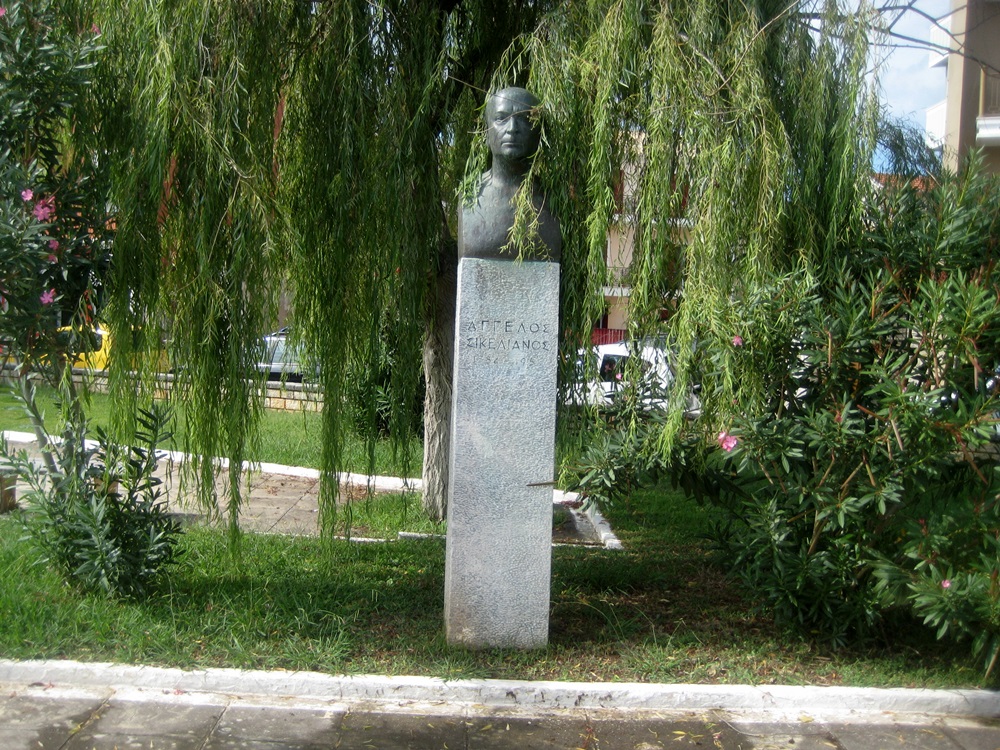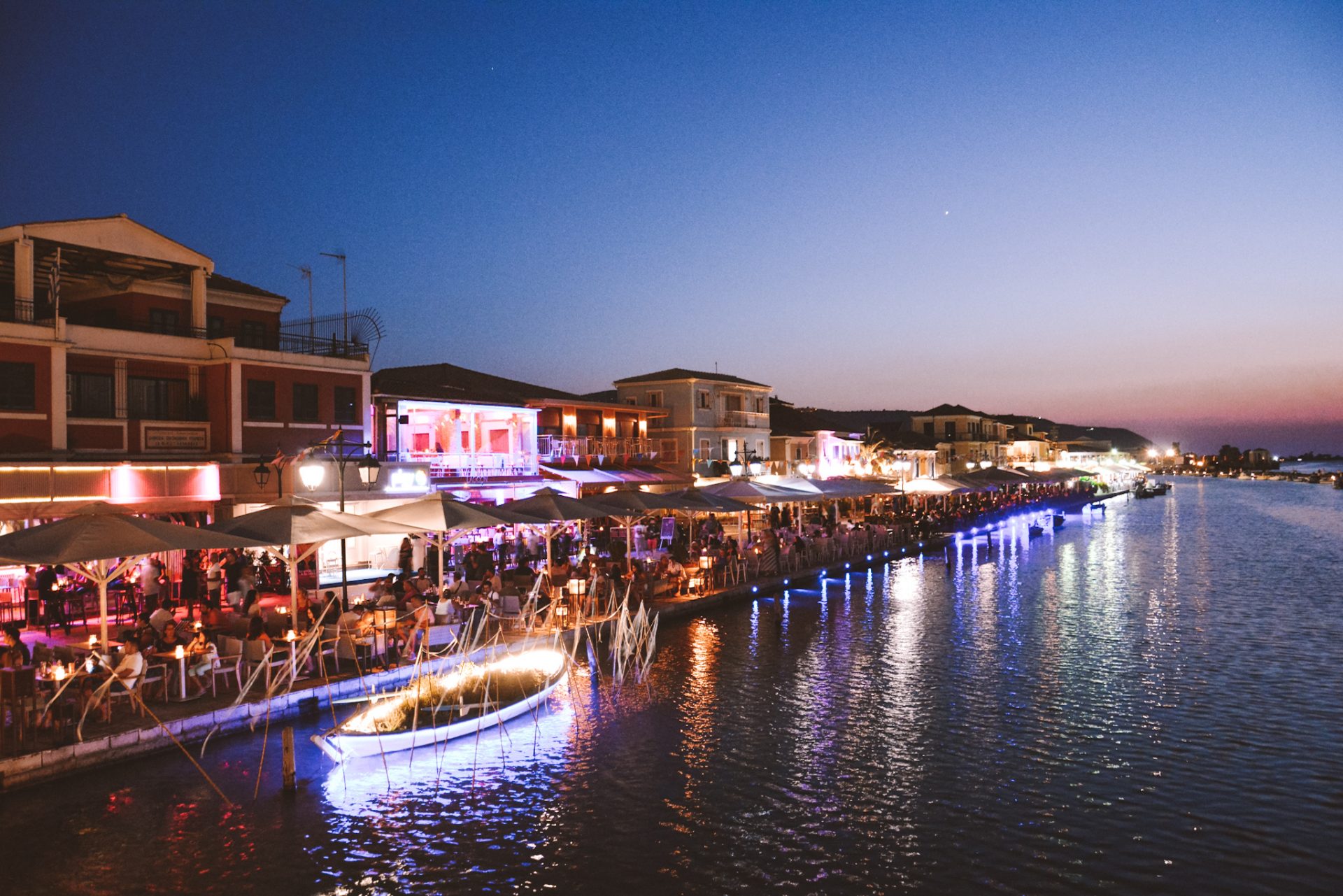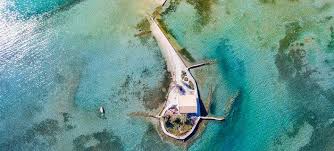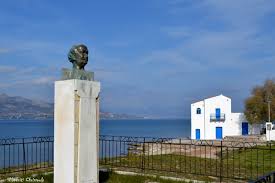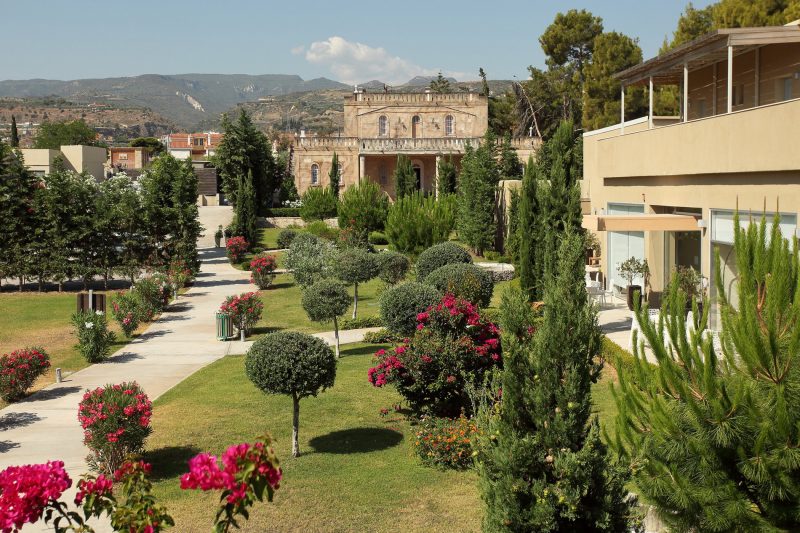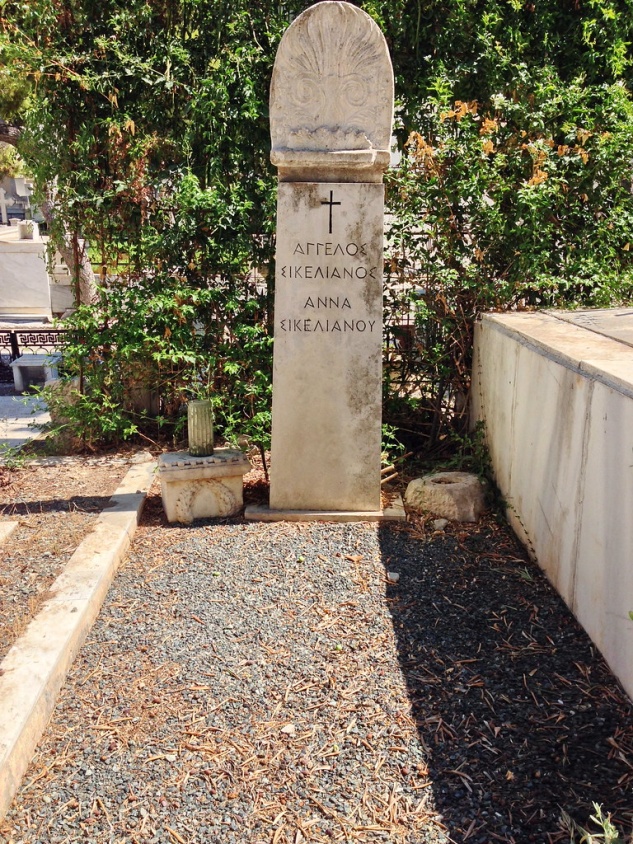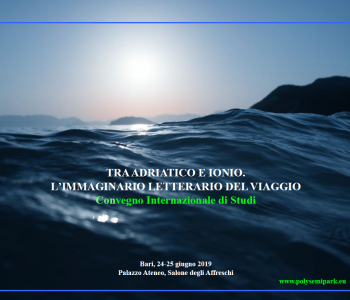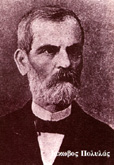 Corfu
Corfu
Iakovos Polylas
Author: Polylas, Iakovos Polylas
Date of Birth: 1825, Corfu
Gender: Male
Biography: Jakovos Polylas was born in Corfu in 1825, the son of the laywer and scholar George Polylas and Helen, the son of Nicholas Voulgaris. Jakovos Polylas came from a prominent Corfu family – but his origin is traced to Konstantinopolis. His mother was educated and taught him the first letters, as well as foreign languages (English, French, Italian, German) and ancient Greek. Read more “Iakovos Polylas”
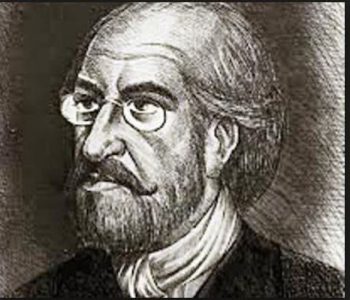
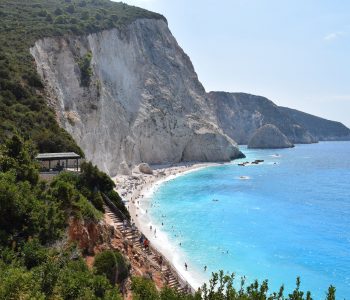
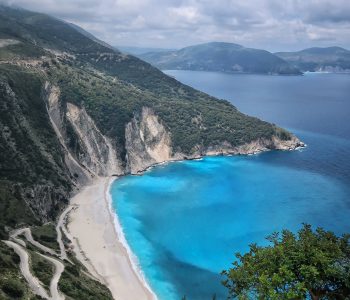
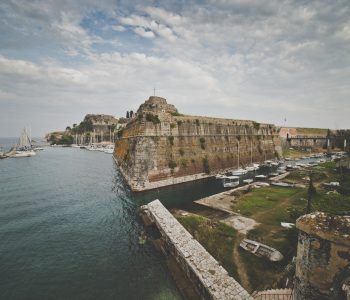
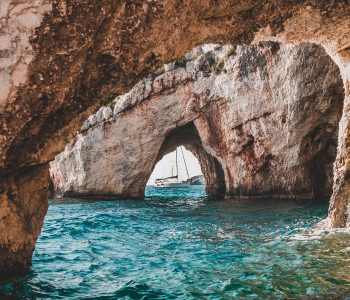
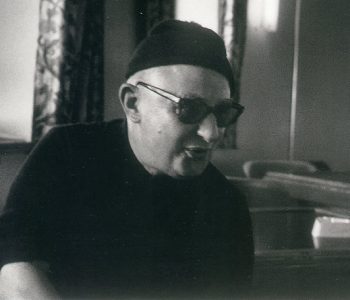
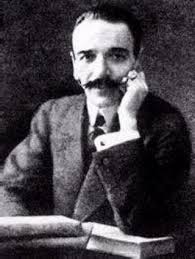
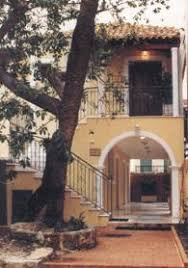 The Gregorios Ksenopoulos Museum is housed in the father’s home of the writer on Gaita Street, located in the historic district of Faneromeni in Zakynthos. In the museum the visitor can tour the spaces of the writer’s house, see close personal items of the writer, manuscripts and publications of his works, issues of the magazine “The Education of the Children”.
The Gregorios Ksenopoulos Museum is housed in the father’s home of the writer on Gaita Street, located in the historic district of Faneromeni in Zakynthos. In the museum the visitor can tour the spaces of the writer’s house, see close personal items of the writer, manuscripts and publications of his works, issues of the magazine “The Education of the Children”. 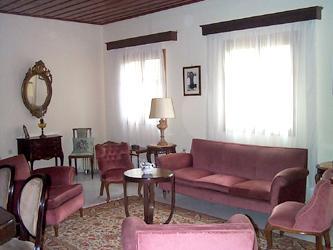

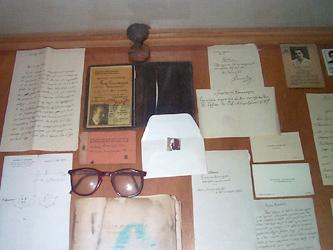
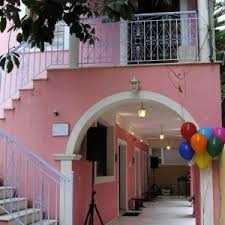 The Ksenopouleios Children’s Library is hosted also at the Gregory Ksenopoulos Museum. The library was organized with the help of teachers of the Zakynthos island and was financially supported by the Municipality of Zakynthos as a Municipal Library. The library hosts books of literature, knowledge, encyclopedias, books of Zakynthian writers, pre-school, school and teenage magazines. Visitors can also see and study the large collection of works by Gregory Ksenopoulos. In the library there is also a section with books for adults, for parents accompanying their young children in the various and interesting events / activities which take place throughout the year in the Xenopuleios library.
The Ksenopouleios Children’s Library is hosted also at the Gregory Ksenopoulos Museum. The library was organized with the help of teachers of the Zakynthos island and was financially supported by the Municipality of Zakynthos as a Municipal Library. The library hosts books of literature, knowledge, encyclopedias, books of Zakynthian writers, pre-school, school and teenage magazines. Visitors can also see and study the large collection of works by Gregory Ksenopoulos. In the library there is also a section with books for adults, for parents accompanying their young children in the various and interesting events / activities which take place throughout the year in the Xenopuleios library.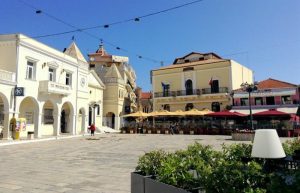
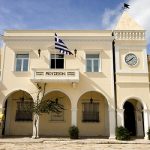 The first thought of creation for the Solomos Museum is recorded in 1903, when the manuscripts of the national poet were donated to the centenary commemoration. The Museum of D. Solomos & Eminent People of Zakynthos, however, was built after the earthquake of 1953, in the historic square of San Marco, on a site donated by the Metropolitan Church of Zakynthos, and was rebuilt with financial aid from the State, various institutions and many individuals. In these chambers are exhibited portable icons of the Cretan and Cretan-Eptinian school of the 17th-18th century portraits of prominent 17th-20th century Zakynthos bronze busts of Zakynthian hierarchs and people of the spirit, period furniture from Zakynthian mansions, musical instruments, plastic-ceramics, wood-carving, metalwork, coin molds, embroidery, knitwear, jewelery, gravures, melanographs, photographs and coats of arms. From the rich archive material stand out from the donated by Aspasia Sordina Rigler and rescued by Nick. Varvianian manuscripts by Dionysios Solomos, Nikolaos Mantzaros, Nicholas Loudzis, Antonios Matesis, Ioannis Tsakasianos, Dionysios Roma, Paul Karreris and Gregorios Ksenopoulos. The Museum houses the unique Mausoleum in Greece and numerous relics, donated by various institutions and individuals, and has been operating since August 24, 1966. Ιn 2000, it was nominated for the 2001 European Museum of the Year award.
The first thought of creation for the Solomos Museum is recorded in 1903, when the manuscripts of the national poet were donated to the centenary commemoration. The Museum of D. Solomos & Eminent People of Zakynthos, however, was built after the earthquake of 1953, in the historic square of San Marco, on a site donated by the Metropolitan Church of Zakynthos, and was rebuilt with financial aid from the State, various institutions and many individuals. In these chambers are exhibited portable icons of the Cretan and Cretan-Eptinian school of the 17th-18th century portraits of prominent 17th-20th century Zakynthos bronze busts of Zakynthian hierarchs and people of the spirit, period furniture from Zakynthian mansions, musical instruments, plastic-ceramics, wood-carving, metalwork, coin molds, embroidery, knitwear, jewelery, gravures, melanographs, photographs and coats of arms. From the rich archive material stand out from the donated by Aspasia Sordina Rigler and rescued by Nick. Varvianian manuscripts by Dionysios Solomos, Nikolaos Mantzaros, Nicholas Loudzis, Antonios Matesis, Ioannis Tsakasianos, Dionysios Roma, Paul Karreris and Gregorios Ksenopoulos. The Museum houses the unique Mausoleum in Greece and numerous relics, donated by various institutions and individuals, and has been operating since August 24, 1966. Ιn 2000, it was nominated for the 2001 European Museum of the Year award.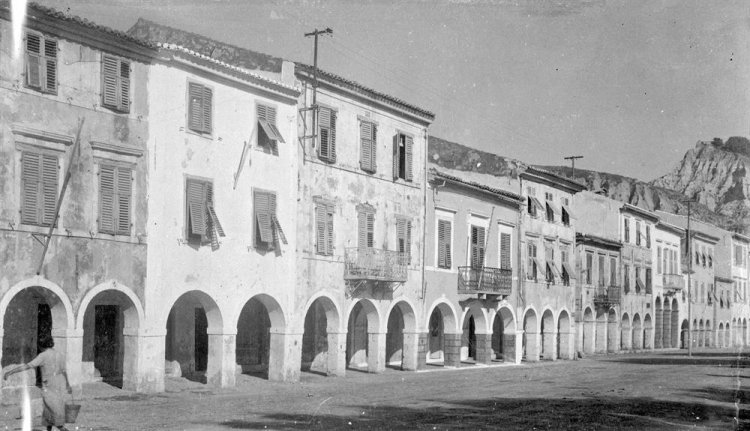
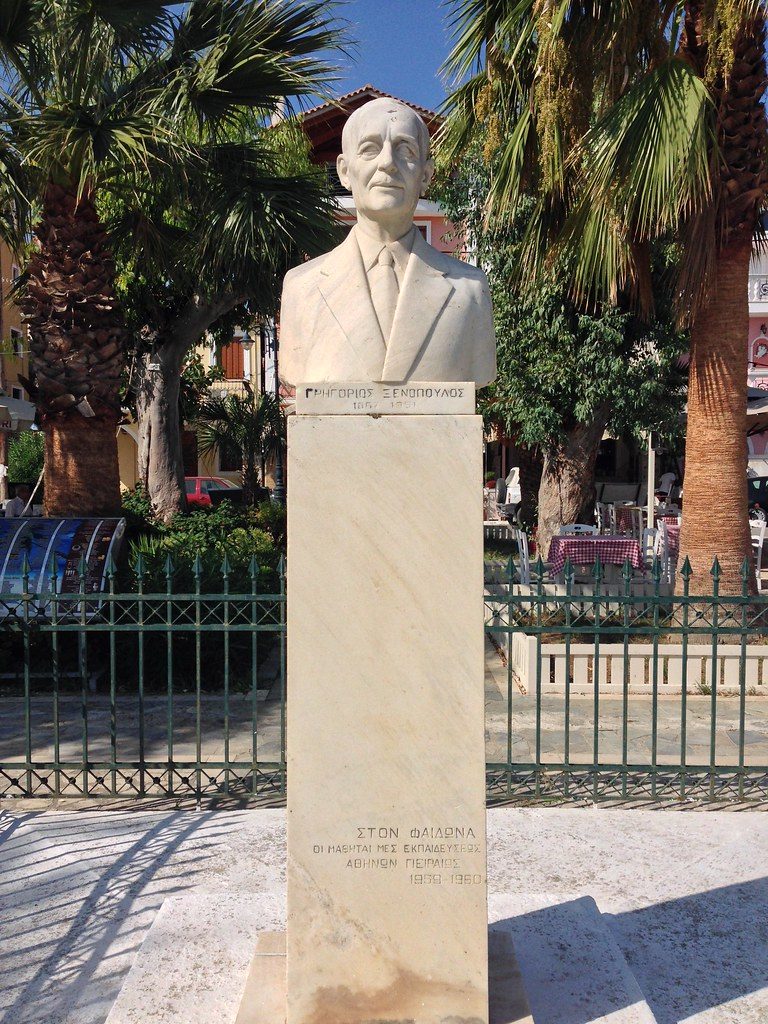
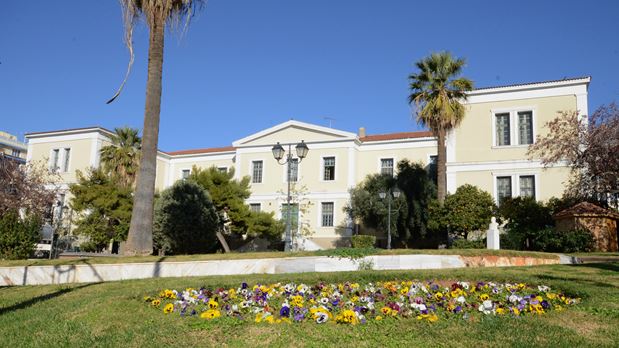
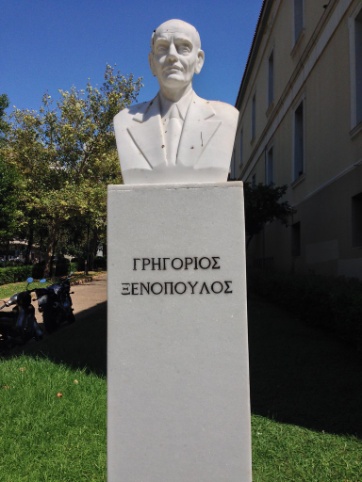
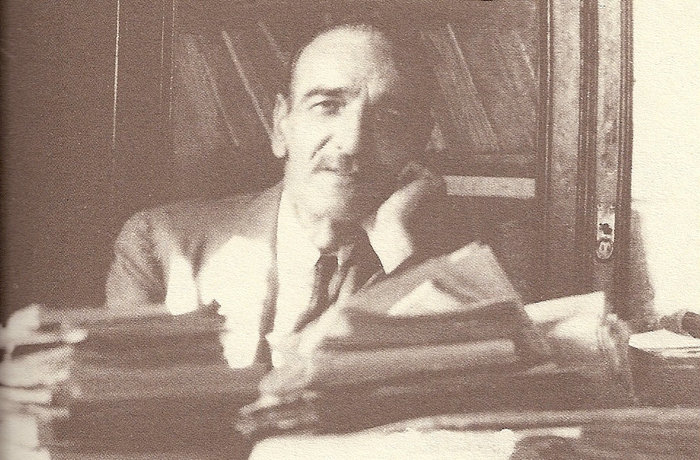
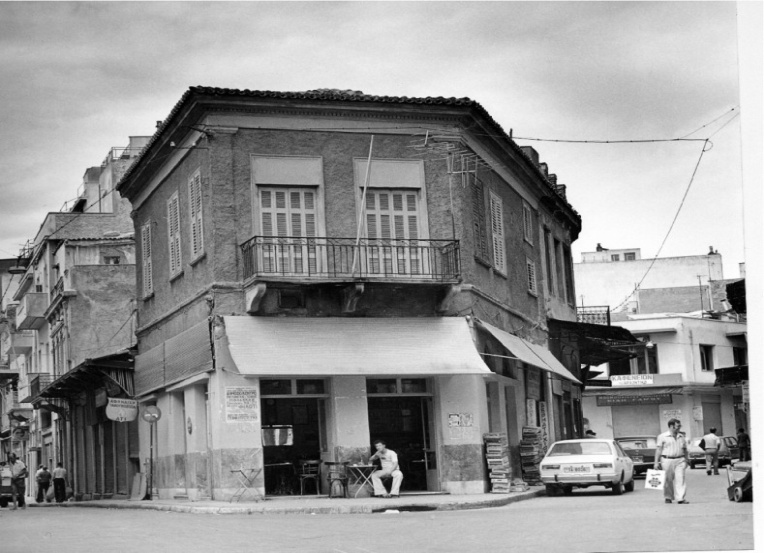

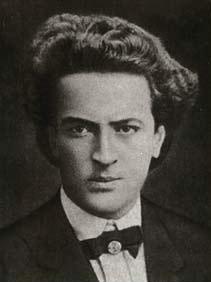
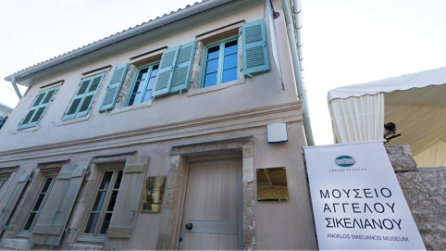 “The Sikelianos house, which houses the homonymous museum, was purchased by the National Bank of Greece in 2009. It was renovated and formed into a pioneering museum space that was delivered to the Municipality of Lefkada and was inaugurated on October 6, 2017. It is a special museum that does not just expose reminders of the Alafroiskiotos’ poet, but travels the visitor to every aspect, not only of his life, but also of his work, through a pioneering architectural and museological approach, the work of a group of distinguished scientists. In its area you will find exhibits that relate to the life and work of Sikelianos, which were offered by large museums, collectors and institutions from all over Greece. In the museum there are special exhibits such as Anna’s wedding dress and woven fabrics, Eva’s handmade clothes for herself and for the Delphic Feasts, her passport, her braid of her red hair, rare editions and manuscripts, photographic material, movies and recorded recitals with the voice of the poet himself. “(Introductory note,
“The Sikelianos house, which houses the homonymous museum, was purchased by the National Bank of Greece in 2009. It was renovated and formed into a pioneering museum space that was delivered to the Municipality of Lefkada and was inaugurated on October 6, 2017. It is a special museum that does not just expose reminders of the Alafroiskiotos’ poet, but travels the visitor to every aspect, not only of his life, but also of his work, through a pioneering architectural and museological approach, the work of a group of distinguished scientists. In its area you will find exhibits that relate to the life and work of Sikelianos, which were offered by large museums, collectors and institutions from all over Greece. In the museum there are special exhibits such as Anna’s wedding dress and woven fabrics, Eva’s handmade clothes for herself and for the Delphic Feasts, her passport, her braid of her red hair, rare editions and manuscripts, photographic material, movies and recorded recitals with the voice of the poet himself. “(Introductory note, 